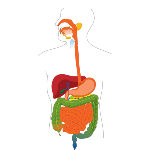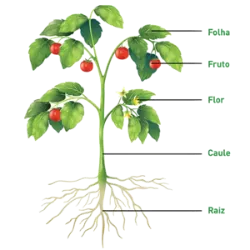The Engine of Cellular Energy Production

Oxidative phosphorylation is the main step in the production of ATP, the energy currency of cells. This process occurs in the mitochondria and depends on the Electron Transport Chain, where molecules such as NADH and FADH₂ transfer electrons to specialized proteins in the mitochondrial membrane.
As electrons travel through this chain, protons (H⁺) are pumped into the intermembrane space, creating an electrochemical gradient. The accumulated energy is then used by ATP synthase, an enzyme that converts ADP into ATP in a highly efficient way. This process, which requires oxygen as the final electron acceptor, can generate up to 34 ATP per glucose molecule.
Oxidative phosphorylation is essential for cell survival and research in the area seeks to understand its role in metabolic and neurodegenerative diseases. The study of this mechanism also drives advances in bioenergy and regenerative medicine.
Did you know??














